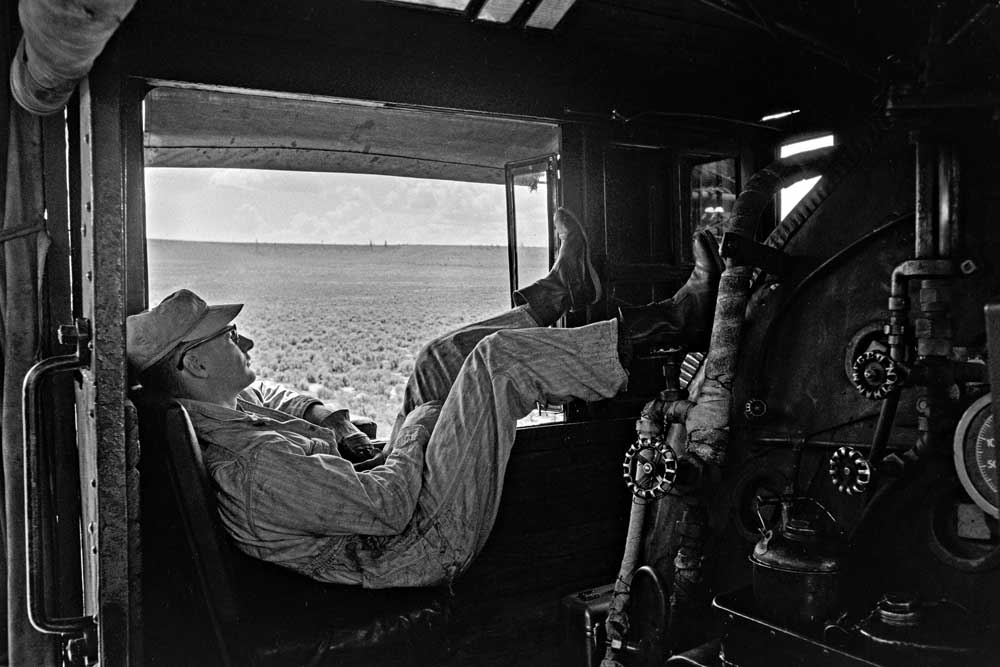
Does the world need another book about the Denver & Rio Grande Western narrow gauge? Someone might reasonably ask. Of all railroads with a literature disproportionate to its relative economic importance, the D&RGW is Exhibit A. To underscore the point, I stopped into the Kalmbach Media library to do some rudimentary research: when […]
Read More…
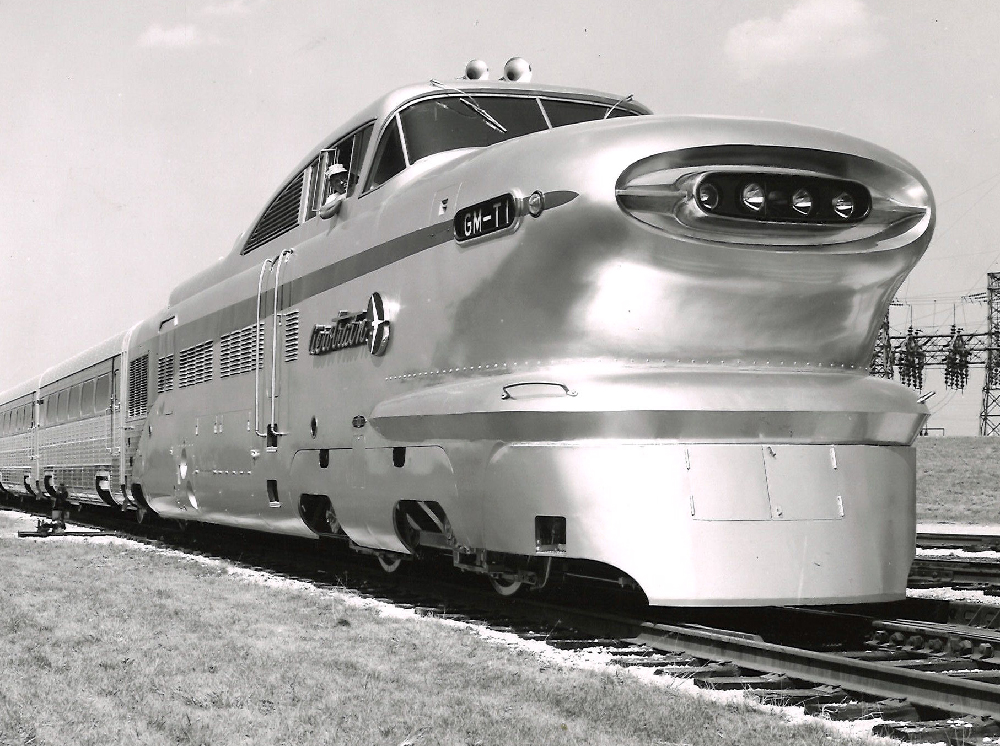
Mind-blowing facts about the GM Aerotrain By the 1950s it was clear that the passenger train was not the wave of the future. Automobiles and airliners were the next chapter in personal transportation for the United States. In some cases, however, the railroads wanted one more round in the fight to retain and regain passengers. […]
Read More…
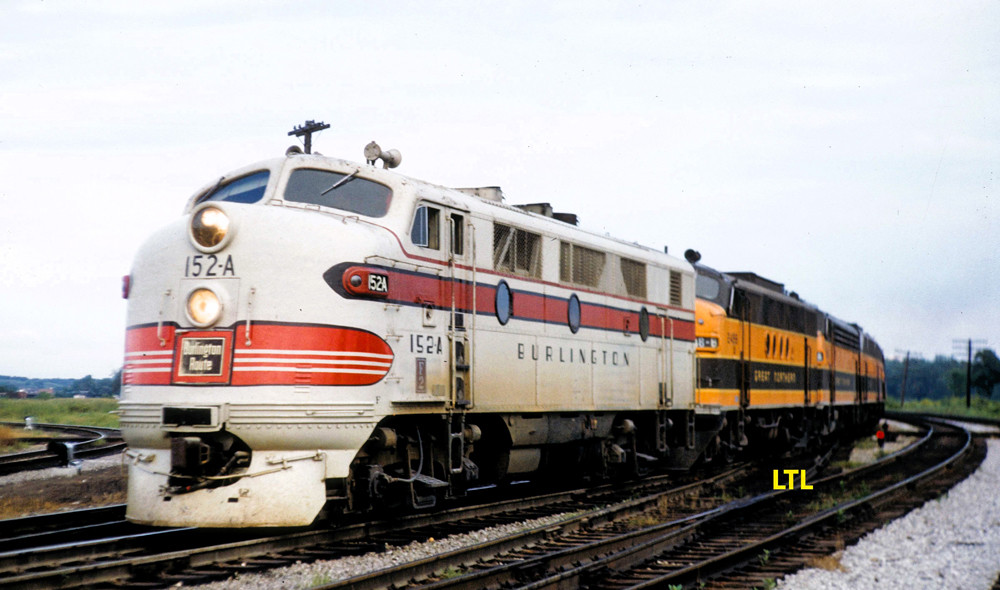
EMD F2 diesel locomotive For a number of years, there was a streamlined diesel road locomotive hiding in plain sight, and it was only the savviest of fans with a penchant for details and numbers that could ferret them out from the rest of the herd. It is the EMD F2. Only 104 were built […]
Read More…
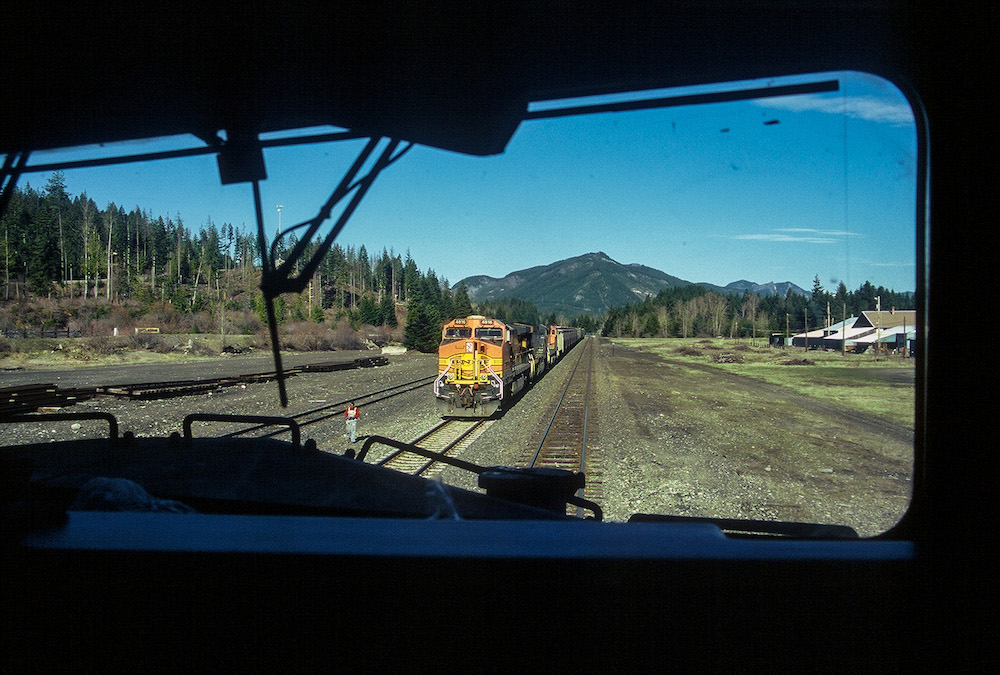
I wrote last month about working grain trains west as a young brakeman. This month’s story, entitled “Trust me,” is from late 2008 when I was working as a locomotive engineer. In my 42 years on the railroad, the last 30 as an engineer, I took pride in being qualified on three mountain-grade territories: Stampede […]
Read More…
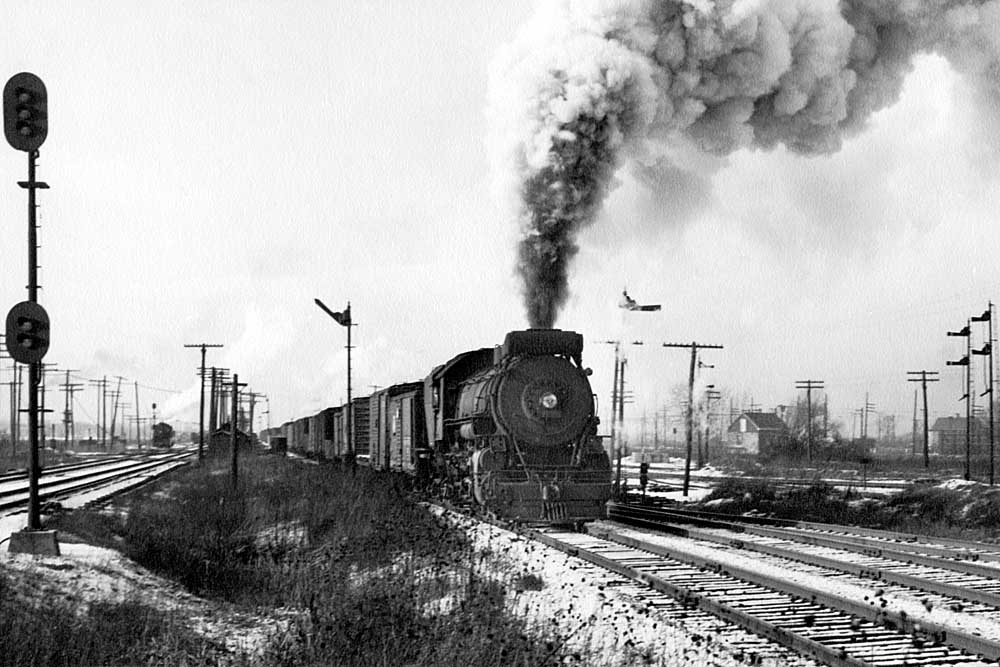
Erie Railroad history starts, surprisingly, with a canal. “The Work of the Age” was a proclamation by New York City’s Common Council upon the opening of the 300-mile New York & Erie Railway in 1851, “Erie” referring to one of the Great Lakes. New York City had become the natural gateway to the […]
Read More…
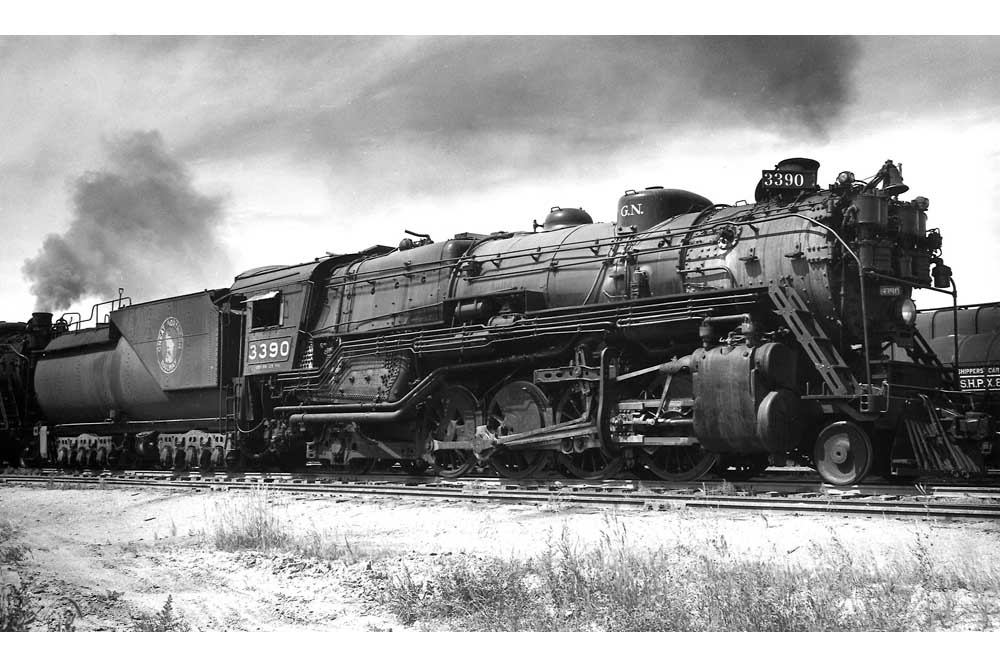
For much of the first half of the 20th century, the 2-8-2 Mikado was the dominant freight locomotive of the steam era. With its medium weight and medium power, it became the go-to, general-purpose engine — sort of the GP38 of its era. Consider how the World War I-era United States Railroad Administration divvied up […]
Read More…
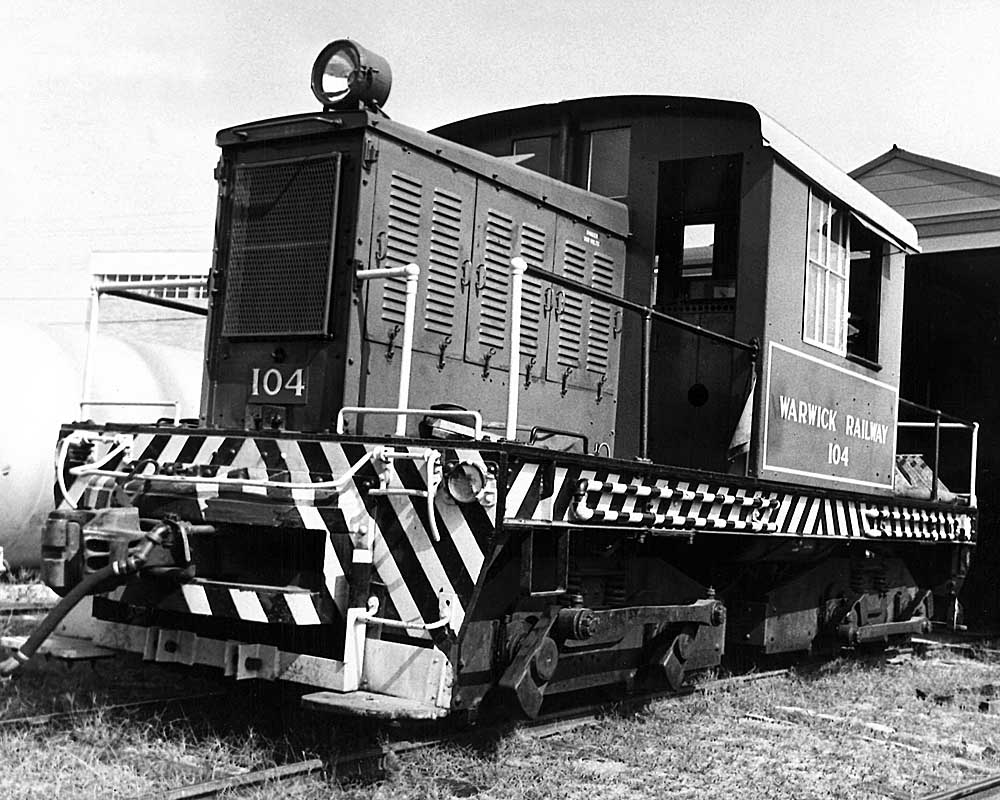
Preview Classic Trains‘ November 2023 content! Here’s a preview of what’s coming in the next month. Become a Trains.com member so you don’t miss any of this great content! If you have a story suggestion, email editor@classictrainsmag.com Smallest operating railroads in 1973 These 5 small railroads each operated just 2 mile of main line […]
Read More…
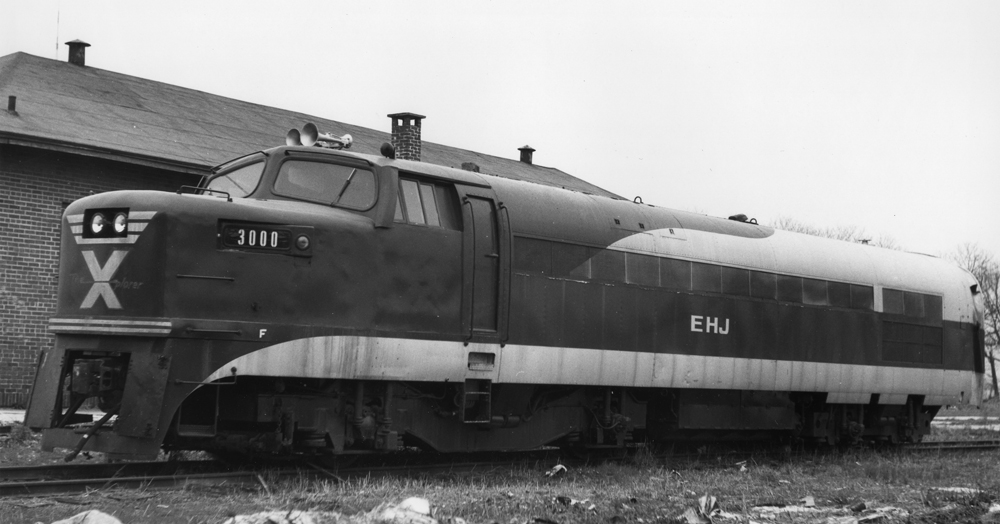
This is a list of locomotives we wish we could have preserved, the ones that got away. Gone, in some cases, before we even realized that they were on the endangered species list. Going from work-a-day diesel locomotives to denizens of deadlines, they didn’t make it to museums or public displays, just the junk man. […]
Read More…
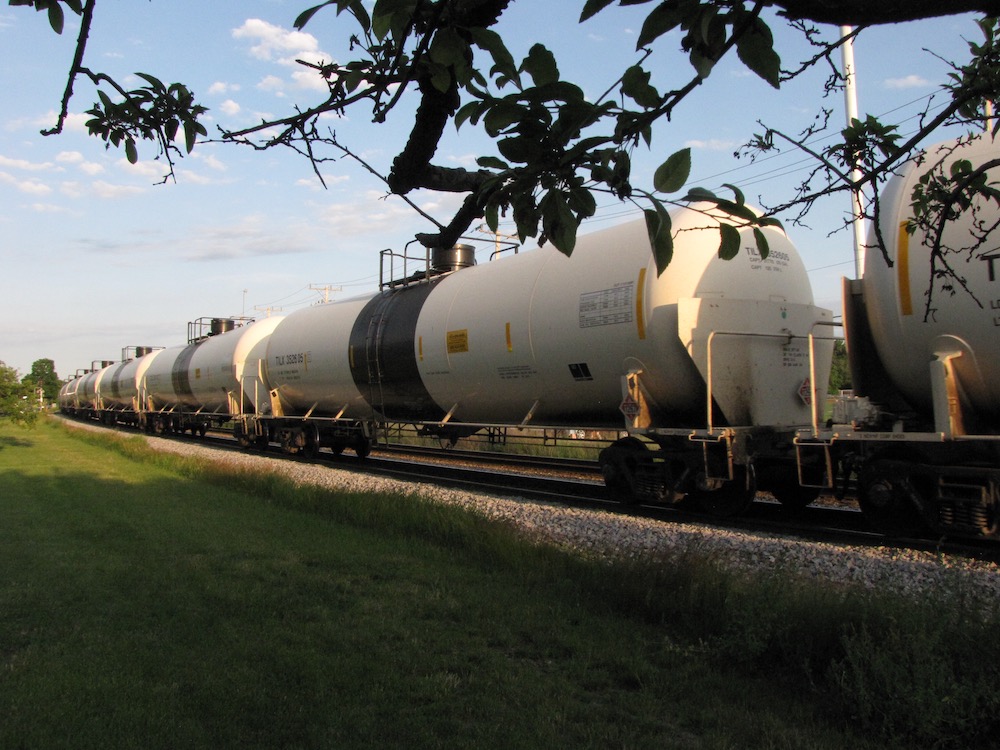
Q What is the meaning of tank car color schemes? Is there a color code? Some tank cars have a contrasting horizontal stripe on the middle section of the tank, while other tank cars are painted a solid color. Since some tank cars carry hazardous or toxic chemicals while others carry edible materials, are the […]
Read More…
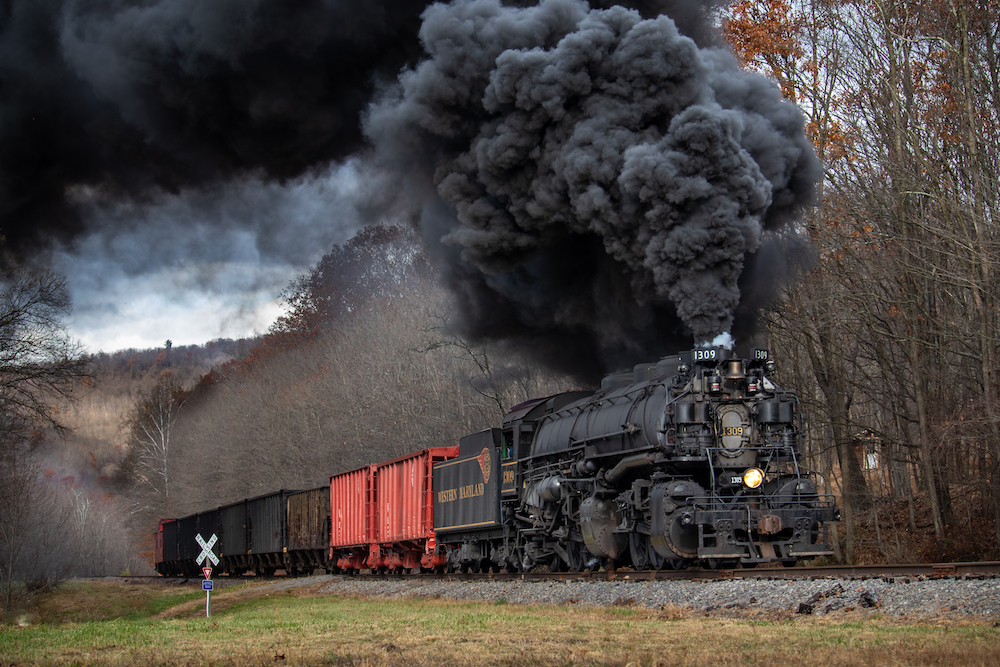
Who built the steam locomotives? In the transportation business of today, “Big Three” invariably means General Motors, Ford, and Chrysler, the dominant U.S. domestic automakers. But just a few decades ago, when the manufacture of steam locomotives was a bellwether American industry, “Big Three” could only have meant Alco, Baldwin, and Lima. Maybe these great […]
Read More…
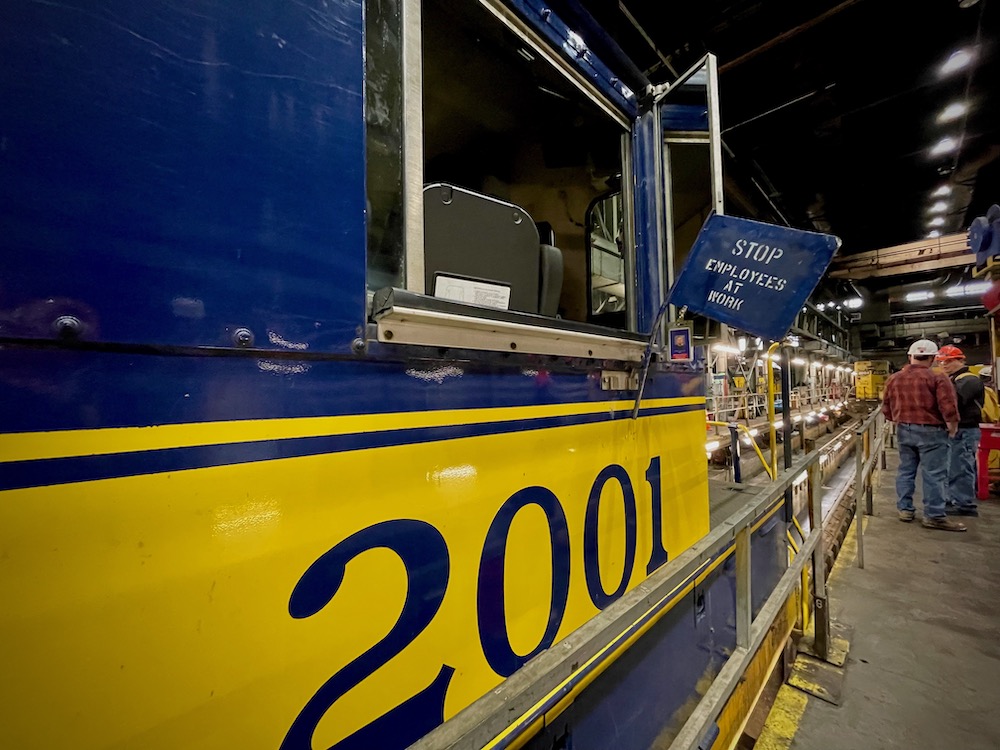
Blue flags protect workers. Here’s how they work. A major consideration in railroad operation is the maintenance that must be done on the rolling stock and track if freight and passengers are to be transported in a safe and timely manner. To maintain cars and locomotives, workers must get on, in between, and under them. […]
Read More…
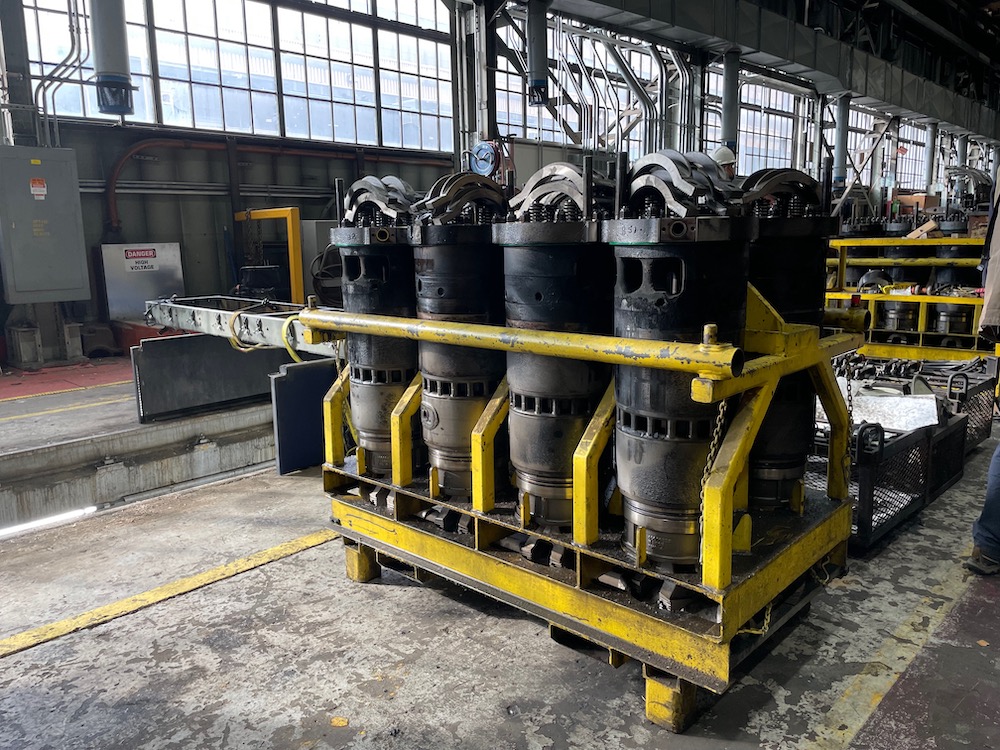
What’s the difference between a four-stroke diesel engine and a two-stroke engine? It’s more than just a matter of numbers, as Vernon L. Smith explained in “Cycles and Cylinders,” in the May 1979 issue of Trains Magazine: A four-cycle engine requires four strokes of the piston, covering two revolutions of the crankshaft, to complete one […]
Read More…












